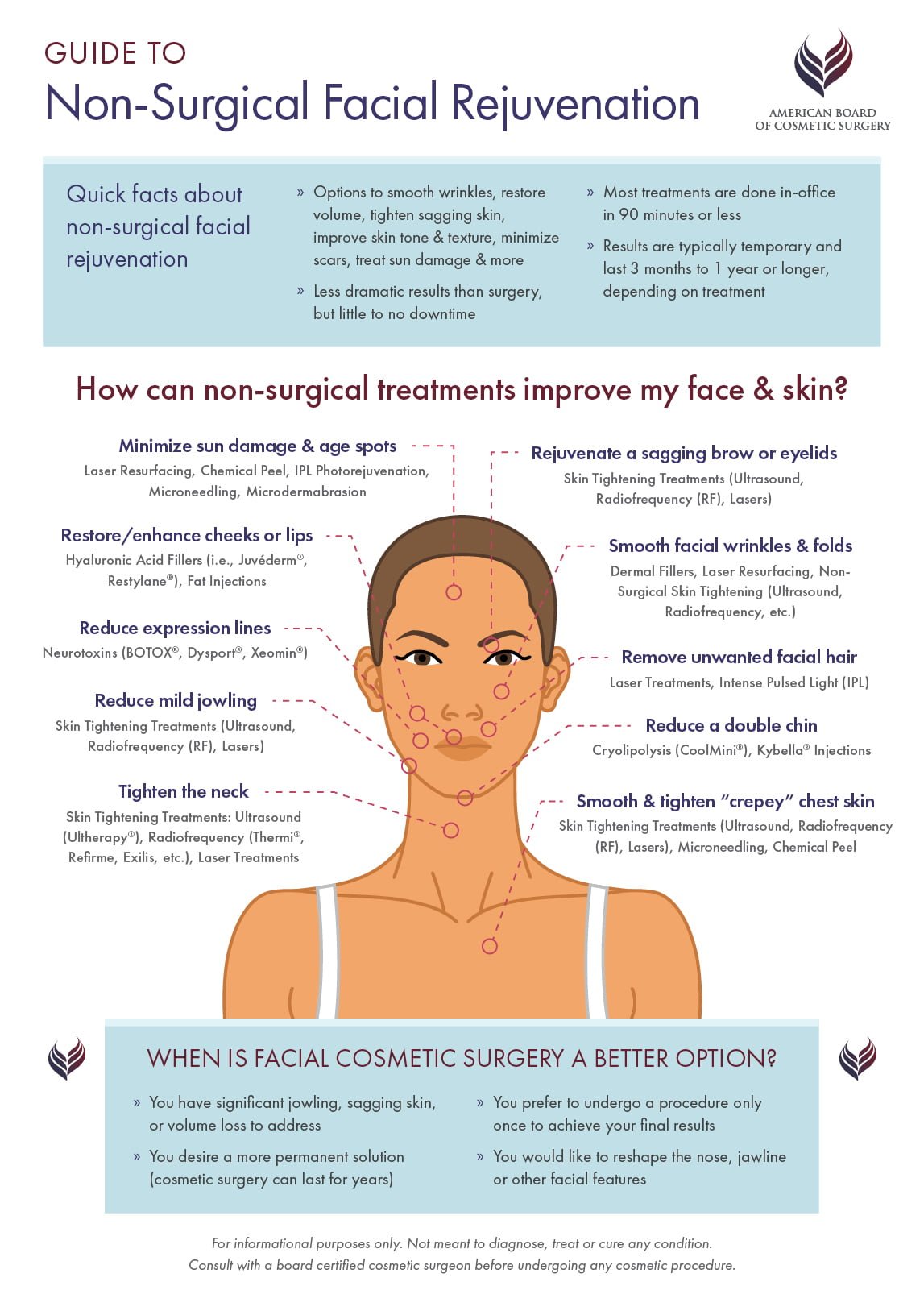How Does Lactic Acid Work For Acne
How Does Lactic Acid Work For Acne
Blog Article
Root causes of Acne on Cheeks
Acne breakouts in the cheek location are set off by many points, from touching your face often to not changing your pillow case typically enough. Picking at imperfections raises your risk of infection and scarring, and particular drugs can intensify dark areas (postinflammatory hyperpigmentation).
Luckily, there are lots of methods to avoid and deal with cheek acne. These consist of:
1. Hormonal Modifications
Acne is mainly triggered by hormonal agents, particularly those created during puberty and pregnancy. For some, a family history of acne may also contribute to their condition. Anything that obstructs pores, such as oil-based skin treatment items or ceraceous hair items, can activate acne. Different topical treatments, like benzoyl peroxide and salicylic acid, can battle germs and unblock pores. Those with serious or chronic acne should seek therapy from their medical professional.
Stay clear of touching or pressing your acne, as this can press a few of the bacteria deeper into the skin, leading to an extra severe breakout. It is additionally vital to transform pillow cases consistently and make use of tidy make-up brushes. You need to additionally attempt to prevent irritants such as friction from putting on a headgear or limited collar.
2. Diet
The greasy, sweet foods that many individuals assume trigger acne might really not do so. In fact, researches have actually shown that eating a diet abundant in entire, nutrient-dense foods aids to avoid outbreaks.
Foods high in the glycemic index (such as white bread, corn flakes, puffed rice and potatoes, doughnuts and other breads) elevate blood glucose levels promptly, and this can raise hormonal agents that increase oil production and bring about acne.
Consuming cow's milk has also been connected to boosted acne breakouts. If you are a regular cow's milk enthusiast, you may want to try changing to low-fat or nondairy options that are fortified with calcium. On top of that, consuming more water can help to lower acne since it helps to maintain the skin hydrated.
3. Excess Oil
While oil is crucial for healthy and balanced skin, it can end up being a trouble when excessive sebum mixes with dead skin cells and obstructs pores. This mix can produce blackheads, whiteheads and pimples. The obstructed pore wall surface can break down and spill bacteria, dead skin cells and sebum right into surrounding skin. This results in a red bump called an acne. Sometimes these red bumps have pus in the facility from a bacterial infection. Larger contaminated bumps that appear like acne are called cysts.
There are many points that can cause excess sebum and clogged up pores, consisting of hormone variations, diet plan and daily routines. Some examples consist of touching the face often, resting your hand on your cheek, making use of filthy make-up brushes and not altering pillowcases consistently.
4. Stress and anxiety
If you're handling pain pimples or a slew of blackheads and whiteheads, it might be skin rocks near me time to speak with a dermatologist. They can advise an efficient treatment that fits your skin type. Exercising leisure and stress-reduction methods also aids.
Acne can happen in the cheeks as a result of friction and stress, such as when a person touches their face frequently or uses a hat or sporting activities helmet that scrubs versus the skin. It can likewise show up where greasy cosmetics and creams rub versus the skin.
Avoid pressing acne, as this can press infected product deeper into the skin and bring about scarring. Instead, see a medical professional to find out about preventative therapies like medication, skin treatment products and way of life changes. Eating a healthy and balanced diet of entire foods, getting 7 to nine hours of sleep and making use of noncomedogenic makeup and skin care products can all help in reducing acne outbreaks.
5. Hair Products
Hair products are not commonly thought of as a source of breakouts, however they can contribute to acne on the cheeks in some people. Pomade acne, which is identified by small shut comedones and papulopustules, is commonly brought on by the use of oily hair products which contain comedogenic ingredients such as specific oils and acetylated lanolin.
Picking hair products that don't have these potentially comedogenic components is a vital step toward lessening breakouts. Also, making sure that hair products aren't being available in contact with the skin can assist prevent breakouts. For instance, putting on a scarf or bonnet in the evening can restrict hair-to-face contact and decrease the chance that leave-in hair items will rub off onto the face.
Along with using a non-comedogenic moisturizer and cleaning with an acne face clean, other useful methods consist of: